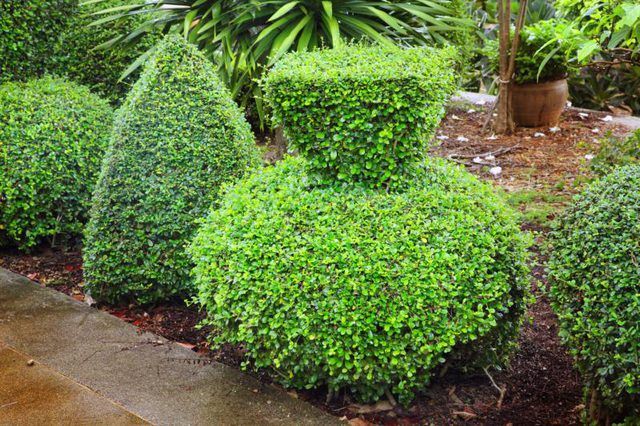Bulbs
Flower Basics
Flower Beds & Specialty Gardens
Flower Garden
Garden Furniture
Garden Gnomes
Garden Seeds
Garden Sheds
Garden Statues
Garden Tools & Supplies
Gardening Basics
Green & Organic
Groundcovers & Vines
Growing Annuals
Growing Basil
Growing Beans
Growing Berries
Growing Blueberries
Growing Cactus
Growing Corn
Growing Cotton
Growing Edibles
Growing Flowers
Growing Garlic
Growing Grapes
Growing Grass
Growing Herbs
Growing Jasmine
Growing Mint
Growing Mushrooms
Orchids
Growing Peanuts
Growing Perennials
Growing Plants
Growing Rosemary
Growing Roses
Growing Strawberries
Growing Sunflowers
Growing Thyme
Growing Tomatoes
Growing Tulips
Growing Vegetables
Herb Basics
Herb Garden
Indoor Growing
Landscaping Basics
Landscaping Patios
Landscaping Plants
Landscaping Shrubs
Landscaping Trees
Landscaping Walks & Pathways
Lawn Basics
Lawn Maintenance
Lawn Mowers
Lawn Ornaments
Lawn Planting
Lawn Tools
Outdoor Growing
Overall Landscape Planning
Pests, Weeds & Problems
Plant Basics
Rock Garden
Rose Garden
Shrubs
Soil
Specialty Gardens
Trees
Vegetable Garden
Yard Maintenance
How to Make a Boxwood Topiary
How to Make a Boxwood Topiary. With their eye-catching shapes, topiaries add instant character to your yard -- and when it comes to choosing a plant for the project, it's hard to top a boxwood (Buxus sempervirens), which grows in U.S. Department of Agriculture plant hardiness zones 6 through 8. This dense, shiny-leaved evergreen shrub grows...

With their eye-catching shapes, topiaries add instant character to your yard -- and when it comes to choosing a plant for the project, it's hard to top a boxwood (Buxus sempervirens), which grows in U.S. Department of Agriculture plant hardiness zones 6 through 8. This dense, shiny-leaved evergreen shrub grows slowly, so once you shape the topiary, it doesn't require frequent maintenance. Cutting your first boxwood topiary can be intimidating, so plan carefully and have the right tools on hand.
Choose the Right Shrub
While boxwoods lend themselves to a variety of topiary shapes, you must choose the right plant for each project. Common boxwood (Buxus sempervirens) works especially for topiary, but cultivars such as "Handsworth" boxwood (Buxus sempervirens "Handsworthii," hardy in USDA zones 4 through 8), "National" boxwood (Buxus microphylla "National," hardy in USDA zones 5 through 9), variegated English boxwood (Buxus sempervirens "Variegata," hardy in USDA zones 5 through 8) and routundifolia boxwood (Buxus Sempervirens "Rotundifolia," hardy in USDA zones 5 through 8), also lend themselves to shaping. Buying an established boxwood shrub whose roots have begin to grow out is the easiest way to create a topiary because you donít have to wait for it to grow. You can leave the plant in a container so you can move the topiary around the yard, or plant it in the ground in a specific spot. When youíre picking out a boxwood, choose a shrub thatís already similar in size and shape to the desired design. For example, if you want to create a pyramid or cone, choose a boxwood plant that is tall and upright. For a cube or globe, look for a shrub thatís shorter and has almost equal width and height.
Use a Cutting Guide
While you can cut a boxwood topiary freehand, it is difficult to get the shape right, especially if youíre a beginner. Instead, find a template to use as a guide so you know exactly where to cut. Garden supply stores sell topiary forms in a variety of shapes, ranging from basic designs like cones and globes to more complex shapes like animals. You simply slip the form over the boxwood -- the foliage that you should trim extends outside the form so you know exactly where to cut. If you want to create a simple shape, you may be able to use items that you have around the house to serve as a template. For example, wrap a piece of string around the boxwood to serve as a guide if youíre creating a spiral shape. For a cone, use wooden sticks or rulers to create a triangle shape to help you know where to trim.
Cut and Trim
The right tools are essential for creating neat, polished boxwood topiary. When youíre making the first cuts into the plant, use long-handled shears to create the rough shape. They allow you to cut in the right direction with both sides of the blade so itís easier to cut the shrub. For more detailed work, use a pair of topiary shears, which are smaller and fit comfortably in the palm of the hand to allow for greater precision. Itís important to clean and sterilize topiary tools after trimming each plant so you donít spread disease between the shrubs. An antibacterial kitchen spray is usually sufficient to disinfect tools -- spray a little on the blades and wipe them down with a clean cloth. Oil the pivot point of long-handled shears regularly with a lubricating oil, such as tung oil, boiled linseed oil, motor oil or cooking oil, to ensure they have a smooth action. Apply the oil to a clean cloth and rub it over both sides of the pivot point, using a dry section of the cloth to wipe away excess oil.
Trim Regularly
One of the benefits of using a boxwood as a topiary is that it grows slowly so you donít need to trim and prune it as frequently as other types of topiary. In most cases, trimming once or twice a year in late spring and summer is sufficient to help the topiary keep its outline. Try to cut the boxwood topiary on a cloudy or wet day because cutting in direct sunlight can cause scorching on the ends of the leaves.